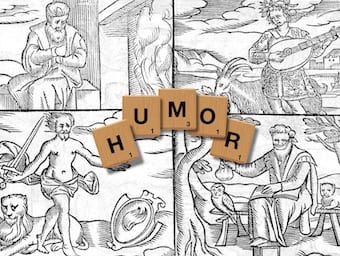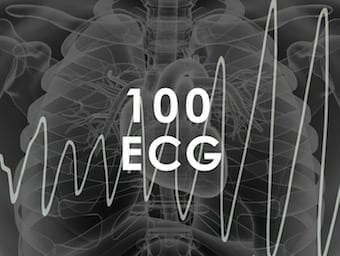
Little Willie the Poisoner
The ‘Little Willy‘ is a genre of short poems with an obscure origin but almost certainly inspired by, or inspired, the ‘Ruthless Rhymes‘ of ‘Harry’ Graham.

The ‘Little Willy‘ is a genre of short poems with an obscure origin but almost certainly inspired by, or inspired, the ‘Ruthless Rhymes‘ of ‘Harry’ Graham.

The management of medical emergencies (...if you are on a TV show)

Many residents are trying desperately to define their future role within the echelons of the medical specialty maze. Scutmonkey can help...

Funtabulously Frivolous Friday Five 214 - Just when you thought your brain could unwind on a Friday, some medical trivia FFFF.

W. Somerset Maugham knew he wanted to be a writer even before he became a medical student at St. Thomas's Hospital in London.

This ECG is from a 47 year old female. She presents with acute onset severe dyspnoea. Her vitals signs are BP 95/42; RR 30; sats 88% (room air) Describe and interpret this ECG

Funtabulously Frivolous Friday Five 213 - Just when you thought your brain could unwind on a Friday, some medical trivia FFFF.

53 year old male presenting with central chest pain for 2 hours, ongoing at time of recording. Describe and interpret this ECG. LITFL Top 100 ECG

Funtabulously Frivolous Friday Five 212 - Just when you thought your brain could unwind on a Friday, some medical trivia FFFF.

22 year old female presents with sudden onset of severe occipital headache. Describe and interpret this ECG. LITFL Top 100 ECG

Funtabulously Frivolous Friday Five 211 - Just when you thought your brain could unwind on a Friday, some medical trivia FFFF.

A young woman presented with 2 days shortness of breath and right sided chest discomfort after a long haul flight. What does this scan demonstrate?